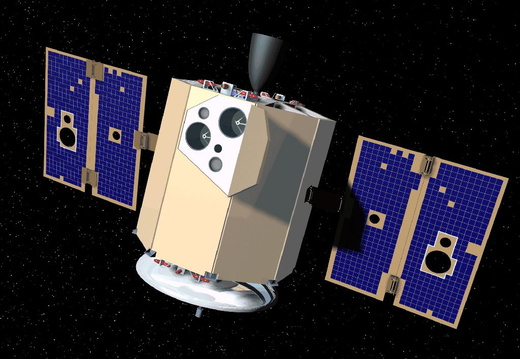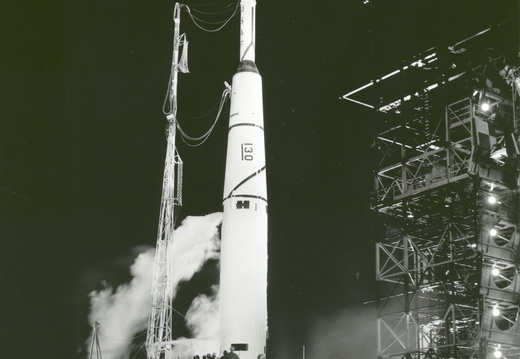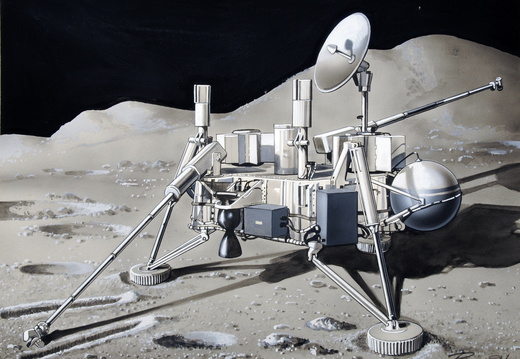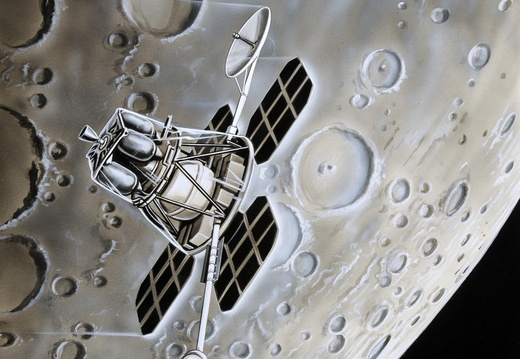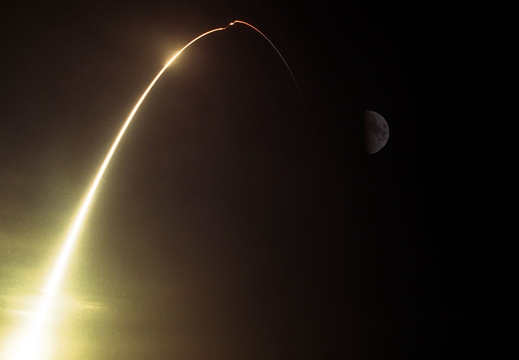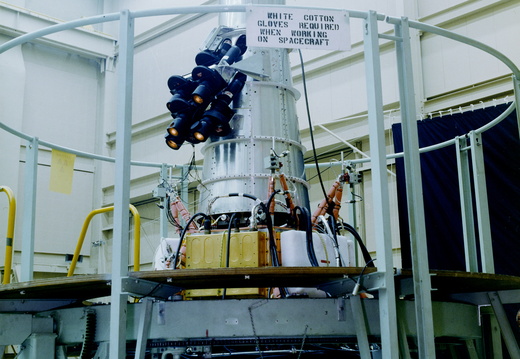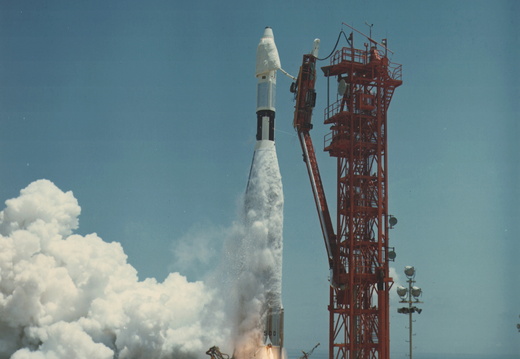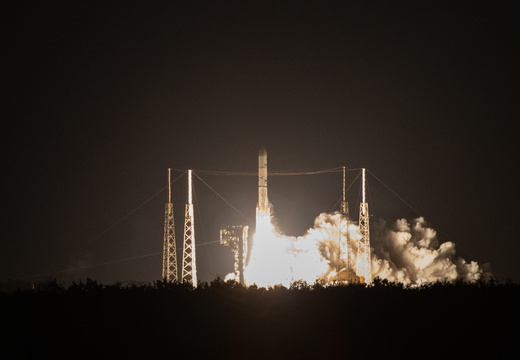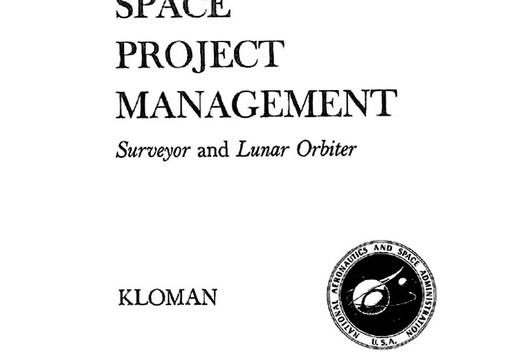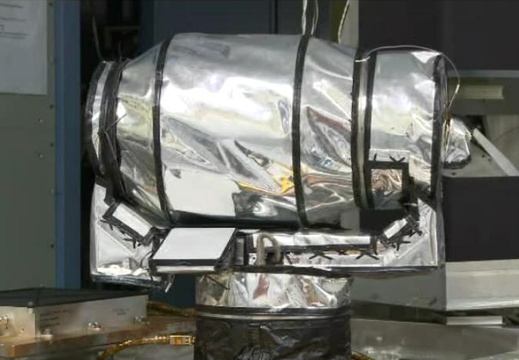
LRO/LCROSS
LRO is a robotic mission that set out to map the moon's surface and, after a year of exploration, was extended with a unique set of science objectives. LRO observations have enabled numerous groundbreaking discoveries, creating a new picture of the moon as a dynamic and complex body. These developments have set up a scientific framework through which to challenge and improve our understanding of processes throughout the solar system.
LRO and the Lunar CRater Observation and Sensing Satellite (LCROSS) were launched on an Atlas V rocket on June 18, 2009, beginning a four-day trip to the moon. LRO spent its first three years in a low polar orbit collecting detailed information about the moon and its environment. After this initial orbit, LRO transitioned to a stable elliptical orbit, passing low over the lunar south pole. With a suite of seven powerful instruments, LRO has collected a treasure trove of data, making an invaluable contribution to our knowledge about the moon.
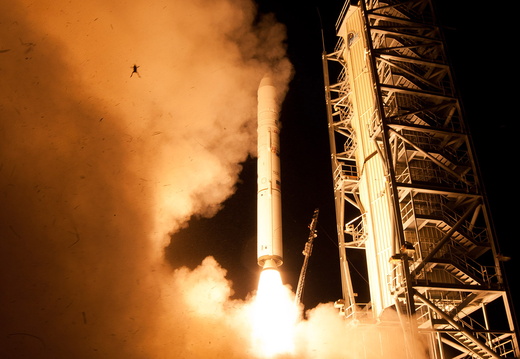
LADEE
NASA's Lunar Atmosphere and Dust Environment Explorer (LADEE, pronounced like "laddie") is a robotic mission that will orbit the moon to gather detailed information about the lunar atmosphere, conditions near the surface and environmental influences on lunar dust. A thorough understanding of these characteristics will address long-standing unknowns, and help scientists understand other planetary bodies as well.
The LADEE spacecraft will be launched on a Minotaur V vehicle during a five-day launch period that opens on Sept. 6, 2013.
The LADEE mission is divided into mission phases: Launch, Ascent, Activation and Checkout, Phasing Orbits, Lunar Orbit Insertion, Commissioning, Science, and Decommissioning.
Once launched, LADEE will enter a series of phasing orbits, which allows the spacecraft to arrive at the moon at the proper time and phase. This approach accommodates any dispersion in the Minotaur V launch injection.
LADEE's arrival at the moon depends on the launch date. The spacecraft will approach the moon from its leading edge, travel behind the moon out of sight of the Earth, and then re-emerge and execute a three-minute Lunar Orbit Insertion maneuver. This will place LADEE in an elliptical retrograde equatorial orbit with an orbital period of approximately 24 hours.
A series of maneuvers is then performed to reduce the orbit to become nearly circular with a 156-mile (250-kilometer) altitude.
The 100-day Science Phase is performed at an orbit that will vary between 20–60 kilometers due to the moon’s “lumpy” gravity field. During the Science Phase, the moon will rotate more than three times underneath the LADEE orbit.
Following the Science Phase, a decommissioning period is planned, during which the altitude will be managed down to lower altitudes, after which the spacecraft will impact the lunar surface.
